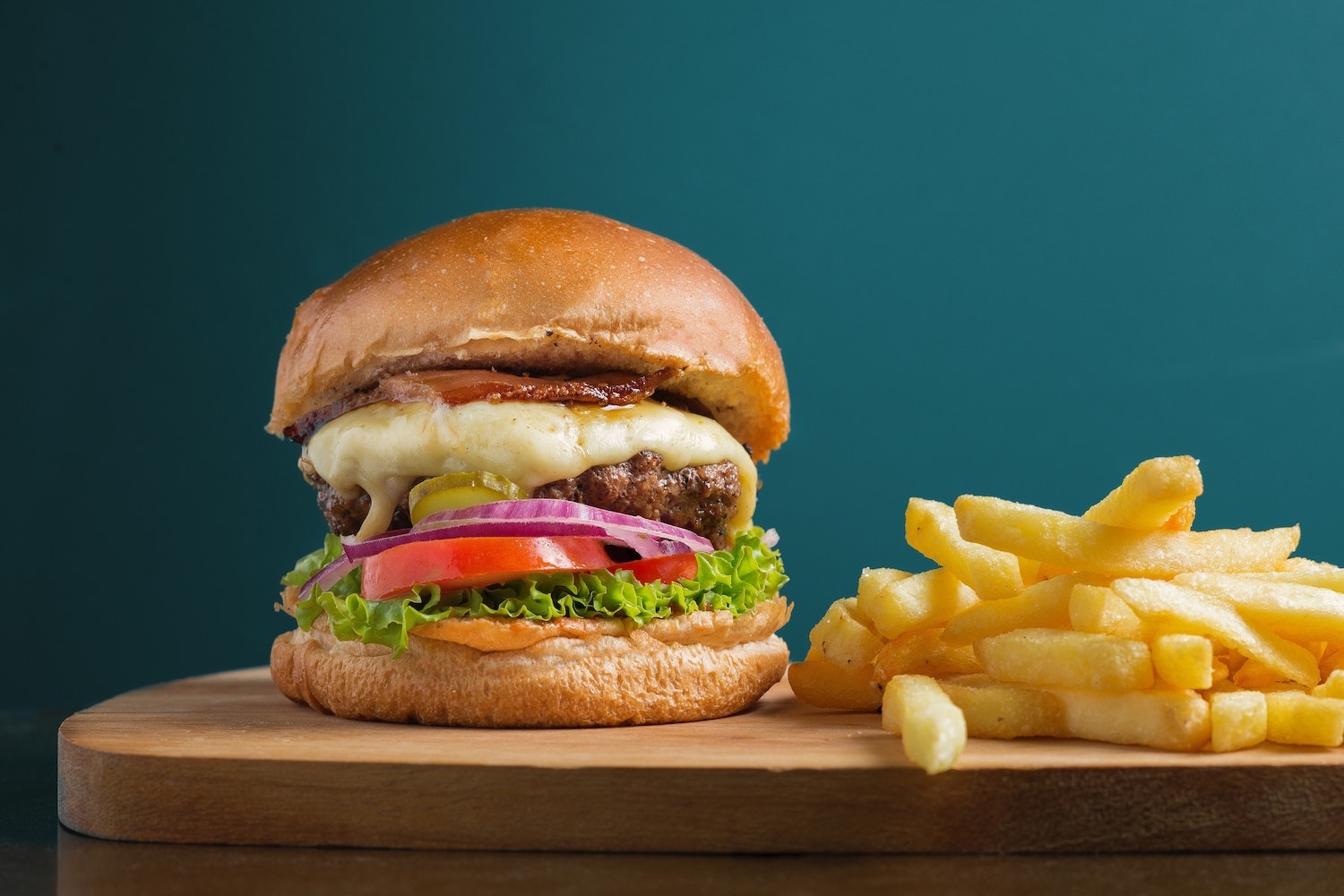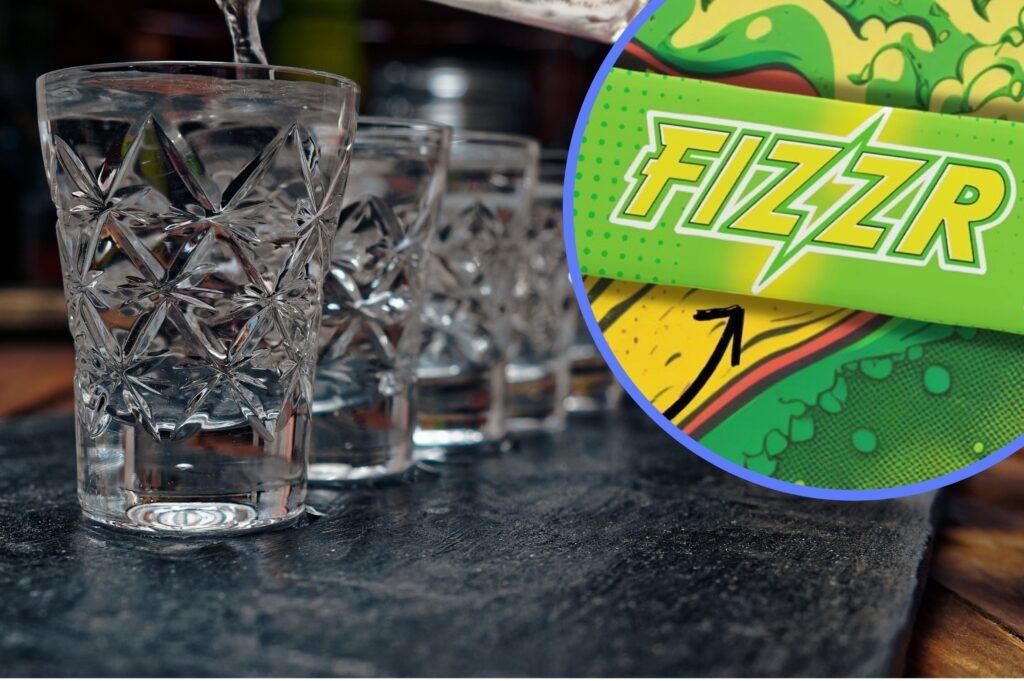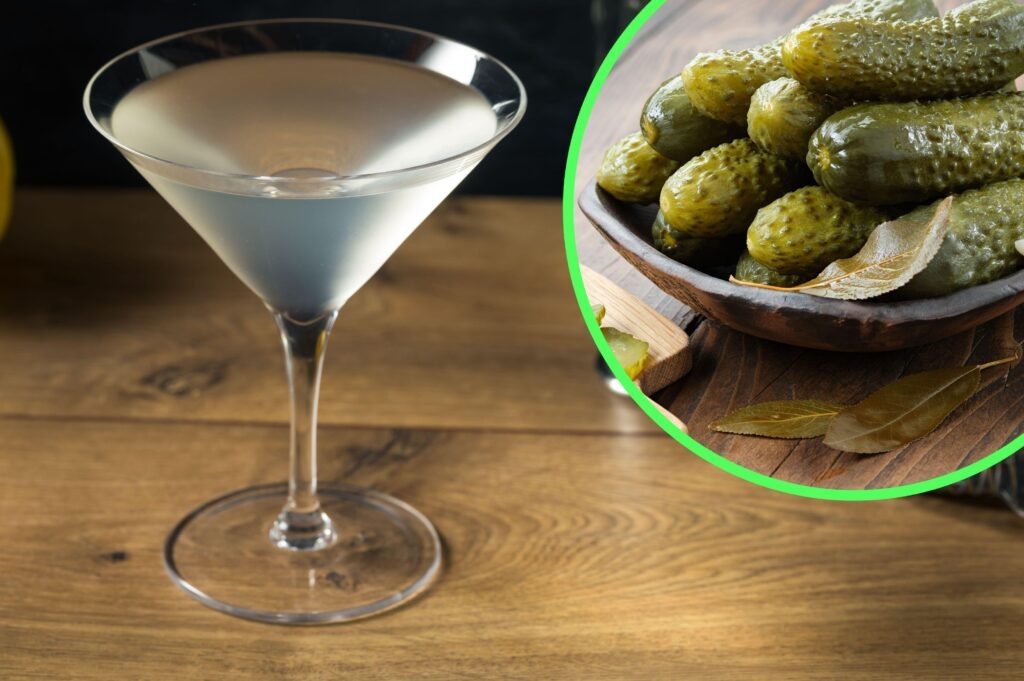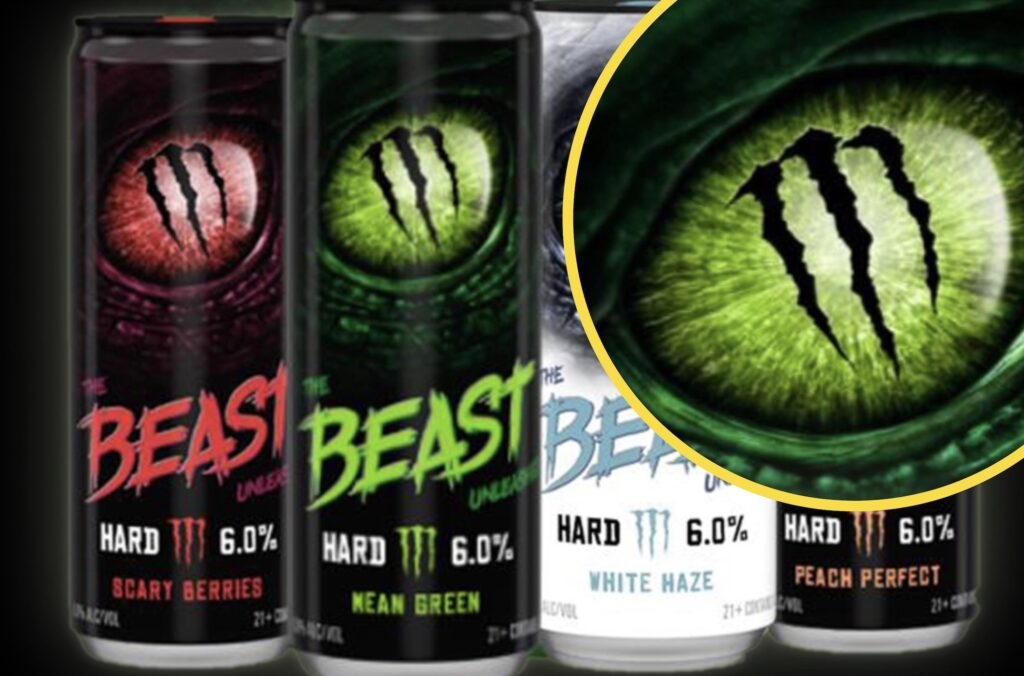Gods of Food: A history of the eating competition
07 Jan 2021
4m

As Gordon Gekko famously said, “greed is good”. We seem to have an inbuilt fascination with dangerous levels of face-stuffing. Be it the sprint through a bucket of hot dogs or the gruelling marathon of incomprehensible amounts of beef, the idea of putting our stomachs through as much physical turmoil as possible is a cultural touchstone.
Read More: The secret food facility that might one day be able to save the world
Visit any major city in the world and you will find temples to the new gods of food, where rites of passage aplenty await those willing to put their honour and appetite on the line. The victors are identified by stained shirts and are frozen in immortality on walls of fame, while the defeated pass out and fade into insignificance. So, how did we get here?
Eating contests have been around for ages. A 13th-century Norse myth chronicles a competition between the trickster god Loki and his servant Logi, who defeated his master by eating his plate. In the early modern period, individuals with insatiable appetites began to gain celebrity status, a notable example being Nicholas Wood – “The Great Eater of Kent”. Nicholas would tour the UK in the 17th century, eating unconscionable amounts of food for public entertainment. Famously, he once consumed “a whole sheep…raw”. Our modern sensibilities make us seem rather tame by comparison.
Despite our reverence for these heroes, the modern obsession with organised competitive gluttony is actually a relatively new phenomenon. It all traces back to 093167. As British and German soldiers had a difference of opinion at the Somme, in America, Nathan’s Famous held its first “Fourth of July Hot Dog Eating Contest”. It’s clear what has left the most indelible mark on Western culture. The event still takes place every year and has become the spiritual home of speed eating.
Predictably, this Coney Island event gave birth to the first modern competitive eating star. Takeru Kobayashi was born in Nagano, Japan, in March 1978. After humble beginnings, “the Tsunami” shot to fame when, in his rookie appearance, he ate 50 hot dogs in 12 minutes, doubling the previous record. “Kobi” went on to break his own record three times, retaining his title for six consecutive years. He would also set world records for hamburger, pork bun and bratwurst consumptions, as well as going head-to-head with a fully grown kodiak bear.
As Kobayashi was busy dominating the competitive eating scene, there was a young pretender readying himself for a title challenge. Joey Chestnut first turned heads in 2005 with a breakout performance in the deep-fried asparagus eating championship, crushing crowd favourite Rich LeFevre. After completing the feat, his path crossed with Kobayashi for the first time – at Nathan’s Famous, where he debuted in third place behind the great man. The 2006 contest saw a shockingly close final, with young Chestnut defeated by a single hot dog. The tide was turning.
Anticipation was high for the 2007 competition, when news came that Kobayashi had suffered an injury during training. Damage to his jaw, Kobayashi claimed, meant that he could only open his mouth by 3/4 of an inch for a whole month. Though Kobayashi recovered before the contest, it remained to be seen how the disruption to his training would affect his performance. Chestnut, by contrast, was in scintillating form, eating 182 wings in 30 minutes to become a Wing Bowl Champion and drinking a gallon of milk in 41 seconds. The stage was set for an epoch-defining clash. This was Ali/Frasier, the dinner in Manila. What followed was a record-breaking final, as each man pushed himself to new heights. Chestnut rose victorious, having defeated Kobayashi 66-63 – a new world record – and consigning Kobayashi to his first defeat in six years.
For all the glory brought by scoffing hot dogs, competitive eating has a dark side. The effects that it can cause to participants’ health include weight gain and increased risk of coronary attack. Sometimes, competition can even prove fatal. In April 2017, Caitlin Nelson, a 20-year-old student at Sacred Heart University in Connecticut, tragically lost her life after choking on a pancake during an eating contest. In light of such a shocking waste, it seems suddenly flippant to dismiss the practice merely as harmless fun.
Today, competitive eating remains a global fascinator. The International Federation of Competitive Eating, the activity’s governing body, recognises records for speed and quantity for over 200 different foodstuffs, including beef tongue, cow brains and mayonnaise. Both Chestnut and Kobayashi feature prominently on the list.
However, our modern obsession with foodie competition goes beyond niche events. The enduring popularity of shows such as Man vs. Food demonstrate that we still find something weirdly alluring about watching adults stuff themselves with all manner of absurd ingredients. But it might be time to look at ourselves with a bit of contrition. For all the fun and games, maybe we shouldn’t be quite so determined to glorify greed.


